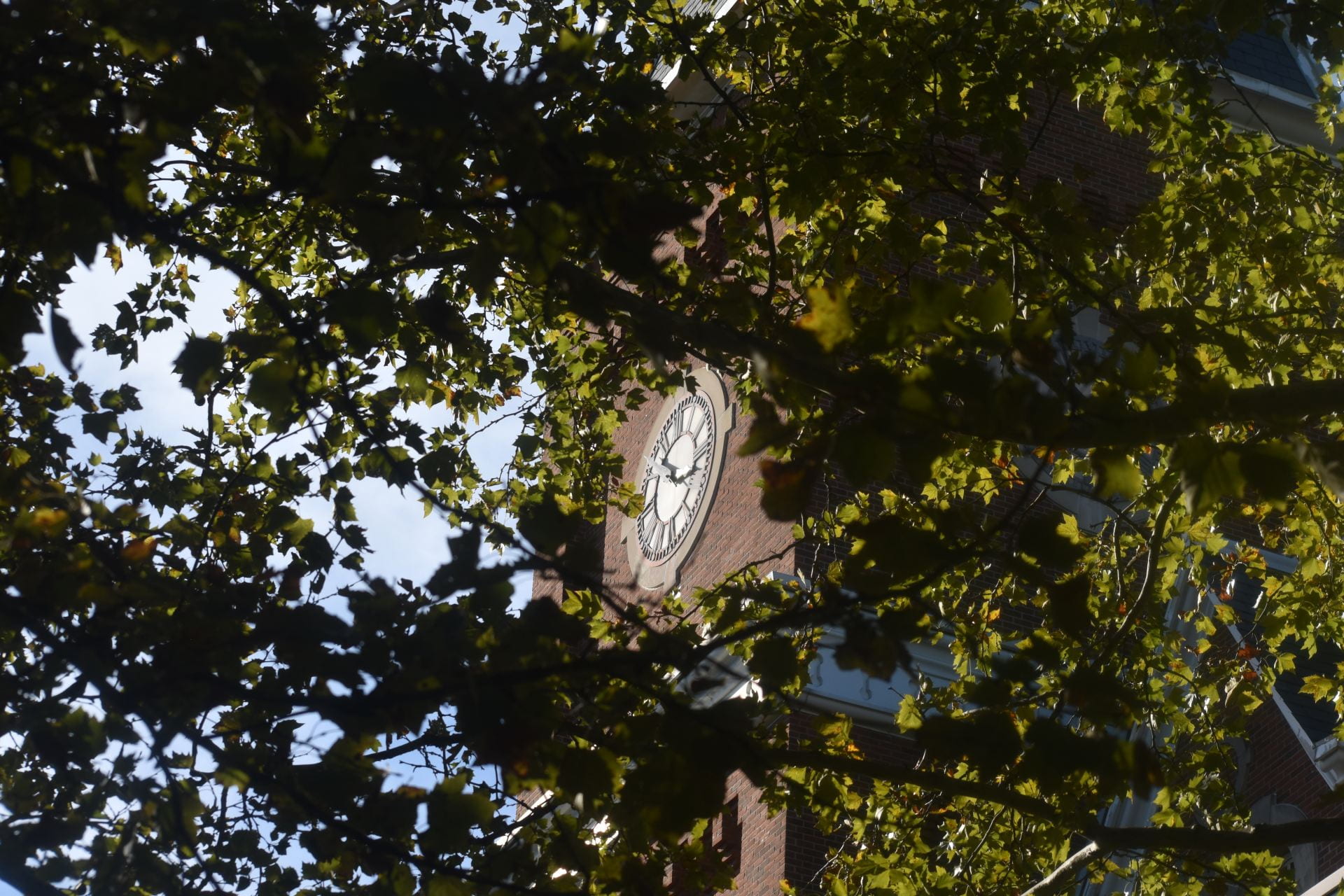
Ohio State contributed nearly $20 billion to the state’s economy, with over $341 million from student spending, according to the Sept. 14 economic impact report. Credit: Zachary Rilley | Photo Editor
Ohio State had an estimated $19.6 billion impact on the state economy in 2019, according to its Sept. 14 economic impact report.
The report was published through the Enterprise for Research, Innovation and Knowledge and analyzed university spending along with its effects on the region based on four measures of impact: total output value for an industry, employment, employee compensation and state and local tax revenue.
Ohio State spent almost $8 billion in operations and $604.7 million on capital in 2019. Ohio State’s campuses and the Wexner Medical Center at Ohio State had the largest impacts on Ohio’s economy, generating almost $10 billion each. The fiscal year 2019 was analyzed as the most recent year not impacted by COVID-19.
According to the report, students were a large contributor to economic impact, spending an estimated $341.8 million in 2019.
Jim Landers, a contributor to the report, said in an email an estimated 46 percent of student spending contributed to housing, 16 toward meals, 11 toward books and supplies, 10 toward transportation and 5 toward clothing.
“I think it’s safe to say that student spending has a significant impact on the local community through individuals and businesses that rent apartment apartments and houses to students; through food establishments like grocery stores and restaurants; businesses selling clothing and household wares; and businesses that provide transportation to students or provide service for their vehicles,” Landers, an associate professor of practice and Enarson Fellow at the John Glenn College of Public Affairs, said.
Dawn Larzelere, associate vice president for operations at the Enterprise for Research, Innovation and Knowledge, said in an email Ohioans across the state are still impacted even if they do not have ties to the university. Visitors to Ohio State spent about $585.5 million, according to the report, which was calculated based on expenditures on lodging, transportation, entertainment and food and beverages.
“While this report puts numbers to the university’s economic impact, people are touched every day by Ohio State and may not realize it,” Larzelere said. “We currently have over 67,000 students enrolled at Ohio State across all of our campuses and so far this calendar year over 13,000 people have graduated from Ohio State. These students and graduates are a part of the current and future workforce across Ohio, the country and world.”
According to the report, Ohio State Athletics supported an estimated $366.4 million in industry output throughout the state, with $171.5 of it coming from direct output.
The report details Ohio State’s employment impact on surrounding communities, supporting over 110,000 jobs across Ohio, and employing 47,686 full-time and part-time workers that year.
According to the report, the university paid roughly $7.5 billion in labor income through wages, salaries, benefits and payroll taxes.
Overall, Ohio State supported $663.1 million in tax revenue for state and local governments, according to the report.
University President Kristina M. Johnson said in a news release the report will be beneficial in measuring the university’s future success as a land-grant university.
“We have long known that institutions of higher education have the capacity to significantly drive economic development and create a ripple effect of positive impact in the communities and states where they are located,” Johnson said. “This data-driven report quantifies that impact and establishes a benchmark against which we will measure future success in our ongoing mission to be the nation’s preeminent, 21st-century land-grant university.”


